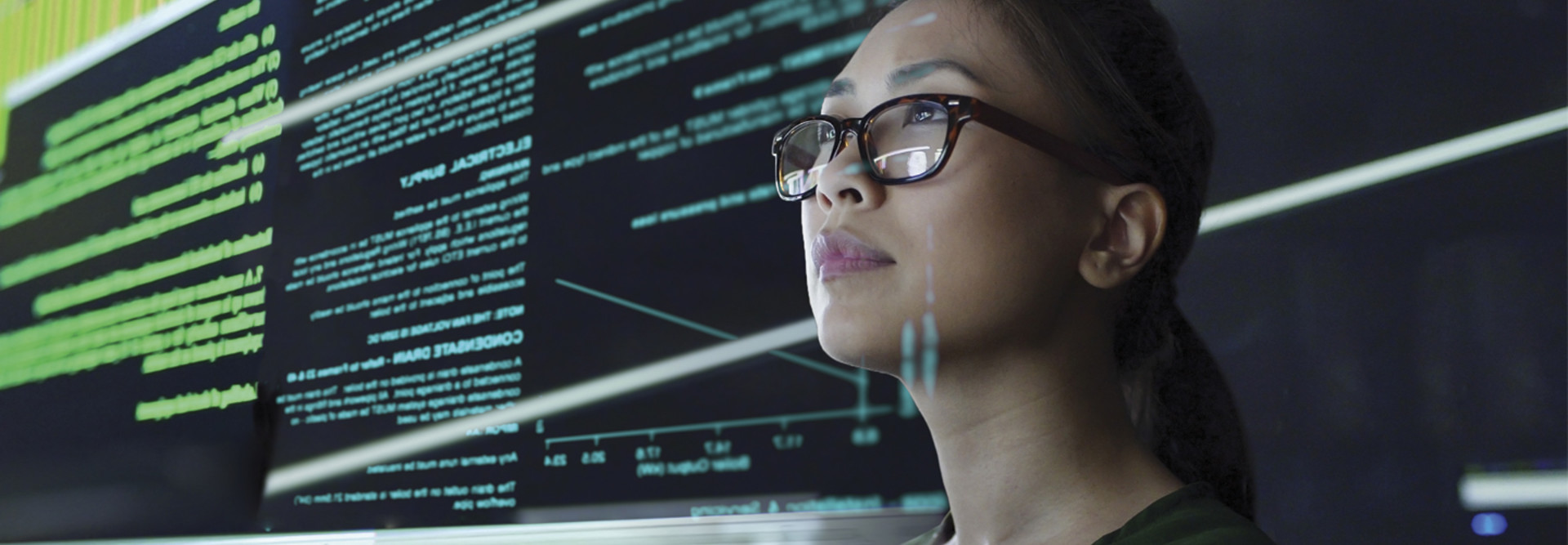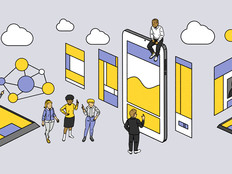As the system of record for most colleges and universities, the SIS is a mission-critical solution used by most students and staff, affecting nearly every part of the institution. In our recent report, “Market Analysis: Student Information Systems,” Eduventures made two key findings: Many institutions are leaning on a legacy SIS to get the job done and, in recent years, the implementation rate of new systems has slowed to a shadow of its former self.
The data we collected from our partners at LISTedTECH on SIS implementations across the U.S. indicates that nearly 75 percent of institutions are operating a system that is more than 10 years old. The rate of new implementations has dropped significantly in recent years, from a high of 16.3 percent in 2011 to slightly more than 4 percent in 2018.
Budgetary pressures, the resilience of on-premises solutions and bureaucratic malaise will likely continue to inhibit the rate at which institutions replace their SIS. But these two findings indicate that in the coming years, institutions will have to make critical decisions about their SIS solutions.
MORE FROM EDTECH: Discover the best practices for using student data to achieve student success.
Student Journey Evolution Prompts a Need for New Systems
In the past, Eduventures has likened the confluence of various student journeys that institutions must be equipped to serve to a freeway system. Like the paths that students take through college, freeways are not always single, straight lines, with a predefined starting point and terminus. Rather, numerous routes wind throughout the institution — often ending up in different places.
The SIS has made important changes to facilitate transformation, in providing more student-centric functionality and in expanding the ability to collect, analyze and store more data. But increasingly, institutions are preparing for an even more engaged student experience with students who take varied pathways through higher education, both of which require different functionality and accompanying processes.











